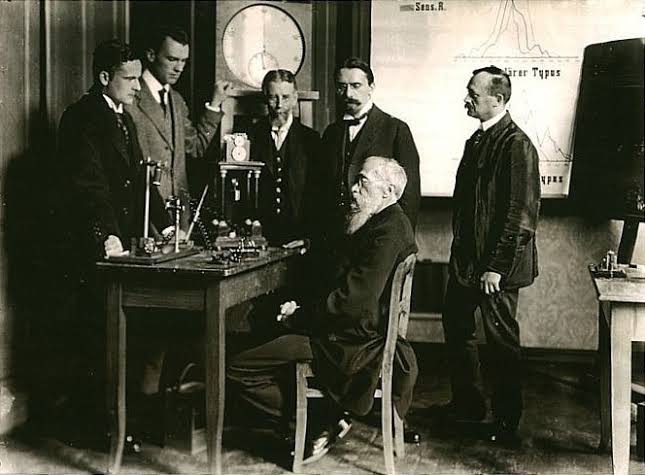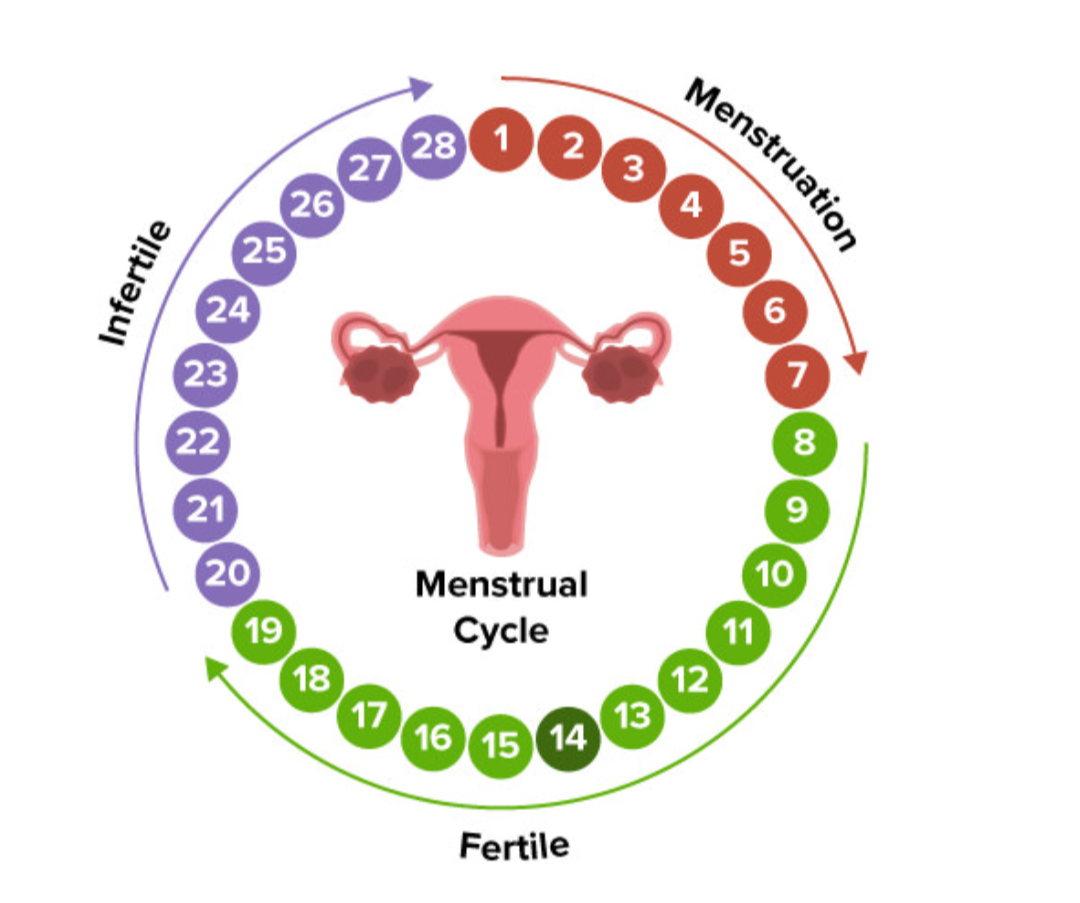Introduction
Experiments are among the only few ways left to know anything for sure or atleast get insurmountable evidence and or insane insights. All of these is simply because experiments carry out tests and make findings based on watching and experiencing a case study do what it does. Way more reliable than mere thoughts and untested opinions.
On going around reading non-fiction books where writers are trying to make their points like the book Originals: How Non-conformists Move the World by Adam Grant, Outliers: The Story of Success by Malcolm Gladwell, etc; one would come to find that they report and talk about a lot of experiments carried out by psychologists, they use them to show you what has been found through experiments and how these findings prove the point they're trying to make.
Some of the Most Interesting Experiments Carried Out By Psychologists and Scientists would be a series of posts reporting these experiments to you so you can benefit by learning some of the things the expert scientists now know for sure or atleast have evidence for and or insane insight. So welcome to the
Fifth Edition! 🎊
For this edition, I'll be reporting some experiments from Malcolm Gladwell's 2009 book What The Dog Saw: and Other Adventures. Enjoy
1
Psychiatric Hospitals Can Hardly Tell Who is Sane or Insane.
In page 175 Gladwell reports on an experiment carried out in the 1970s by David L Rosenhan a professor of psychology at Stanford University. He wanted to test how well psychiatric hospitals could tell the sane from the insane. He picked a painter, a pediatrician, a graduate student, a psychiatrist, a housewife and three psychologists and told them to check into different psychiatric hospitals under different aliases with the complaint that they have been hearing unfamiliar voices saying the words "empty", "thud" and "hollow".
Apart from saying this they were to answer every other question truthfully and behave like they normally would. The hospital staff couldn't tell they were sane, instead they hospitalized them.
The eight subjects were hospitalized, on average, for nineteen days. One was kept for almost two months. Rosenhan wanted to find out if the hospital staffs would ever see through the ruse. They never did.
Rosenhan told them to always write down how they were treated in the hospital and this writing was viewed by the hospital staff as an act motivated by their insanity.
“Patient engaging in writing behavior,” one nurse ominously wrote in her notes.
After this, Rosenhan went to a psychiatric research-and-teaching hospital (which is supposed to be really thorough) and informed them that at some point in the next three months he would be sending sane people to them again. This time, out of the 193 people admitted to the hospital in the next 3 months 41 were identified by at least one hospital staff as being almost certainly sane. They were all wrong, Rosenhan hadn't sent anyone to their hospital like he had said he will.
2
Women Have Way More Menstruation Periods In This Era Than They Used To Before The Modern Era.
In page 80 Gladwell reports about a young scientist named Beverly Strassmann who in 1986 travelled to live with the Dogon Tribe of Mali in West Africa. She chose this tribe because the people live they way they have lived since antiquity. She wanted to "construct a precise reproductive profile of the women in the tribe, in order to understand what female biology might have been like in the millennia that preceded the modern age."
Part of Strassmann’s work focused on the Dogon’s practice of segregating menstruating women in special huts on the fringes of the village. In Sangui, there were two menstrual huts — dark, cramped, one-room adobe structures, with boards for beds. Each accommodated three women, and when the rooms were full, latecomers were forced to stay outside on the rocks. “It’s not a place where people kick back and enjoy themselves,” Strassmann says. “It’s simply a nighttime hangout. They get there at dusk, and get up early in the morning and draw their water.” Strassmann took urine samples from the women using the hut, to confirm that they were menstruating. Then she made a list of all the women in the village, and for her entire time in Mali — 736 consecutive nights — she kept track of everyone who visited the hut. Among the Dogon, she found a woman on average has her first period at the age of sixteen and gives birth eight or nine times. From menarche, the onset of menstruation, to the age of twenty, she averages seven periods a year. Over the next decade and a half, from the age of twenty to the age of thirty-four, she spends so much time either pregnant or breast-feeding (which, among the Dogon, suppresses ovulation for an average of twenty months) that she averages only slightly more than one period per year. Then, from the age of thirty-five until menopause, at around fifty, as her fertility rapidly declines, she averages four menses a year. All told, Dogon women menstruate about a hundred times in their lives. (Those who survive early childhood typically live into their seventh or eighth decade.) By contrast, the average for contemporary Western women is somewhere between three hundred and fifty and four hundred times.
Strassmann's research which shows that women menstruates a lot more now isn't just a single research that lead to a quick conclusion, a lot of other researches by other scientists points to the same thing. For example there's a book called Is Menstruation Obsolete?, by Drs. Elsimar Coutinho and Sheldon S. Segal, two of the world’s most prominent contraceptive researchers, they call the current cycle “incessant ovulation”.
Strassmann does not claim that her statistics apply to every preindustrial society. But she believes — and other anthropological work backs her up — that the number of lifetime menses isn’t greatly affected by differences in diet or climate or method of subsistence (foraging versus agriculture, say). The more significant factors, Strassmann says, are things like the prevalence of wetnursing or sterility. But overall she believes that the basic pattern of late menarche, many pregnancies, and long menstrual-free stretches caused by intensive breast-feeding was virtually universal up until the “demographic transition” of a hundred years ago from high to low fertility. In other words, what we think of as normal — frequent menses — is in evolutionary terms abnormal. “It’s a pity that gynecologists think that women have to menstruate every month,” Strassmann went on. “They just don’t understand the real biology of menstruation.”
• (Find the first edition here)
• The second here
• The Third
• And the fourth

Roll with @nevies, I run a Humor, deeper thoughts and sex talk blog here on Hive🌚 Donate: BTC: bc1qlpu8rqftnn9r78dajpzf9p0ueqkvzdvzeayrtd ETH:0x7168800F3b7499A2dd32B4C8Ae0EFA0F68A93800 LTC: ltc1qx0r3nym5hpq6mxvfkl3dzs2ap455aefh9rjq07 
Posted using Proof of Brain



Wow, these are very interesting! Especilly the first one, reminds of the famous movie One Flew Over The Cuckoo's Nest, a great movie. Anyway, my pleasure to feature your post in my next upvote giveaway for more visibility and also drop some TipU support here ;) Keep up the good work man!
@tipu curate
I haven't watched that movie, though. Thanks a lot, man😎👍
Oh you haven´t? That´s a must see man ;)
Wow, I'll see about that 😎
Upvoted 👌 (Mana: 36/46) Liquid rewards.
Great Post!
!1UP
Thanks!
You have received a 1UP from @luizeba!
@stem-curator, @vyb-curator, @pob-curator, @neoxag-curatorAnd they will bring !PIZZA 🍕
Learn more about our delegation service to earn daily rewards. Join the family on Discord.